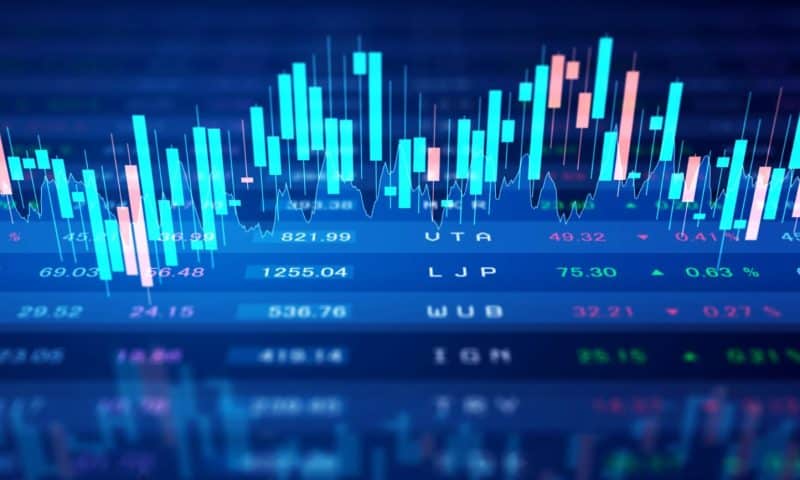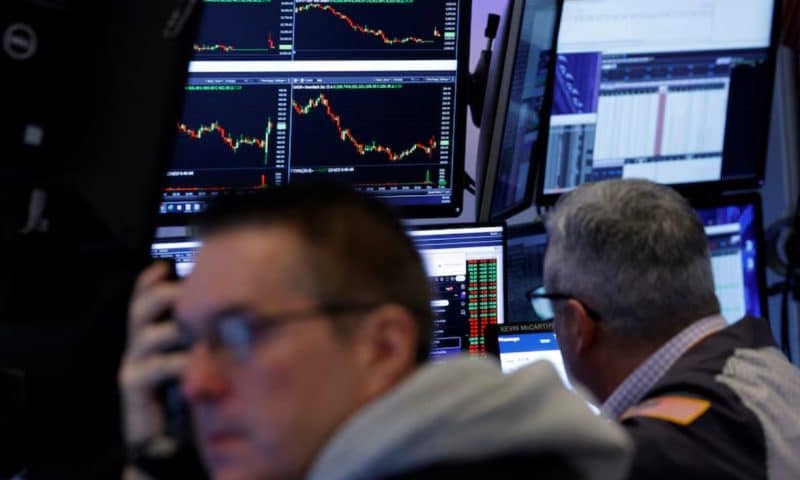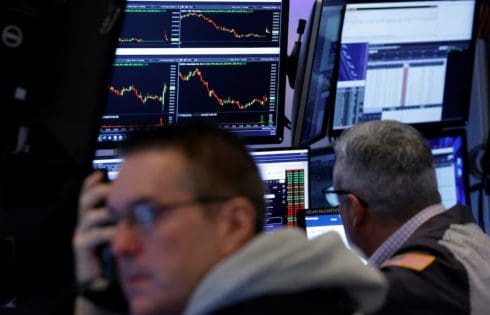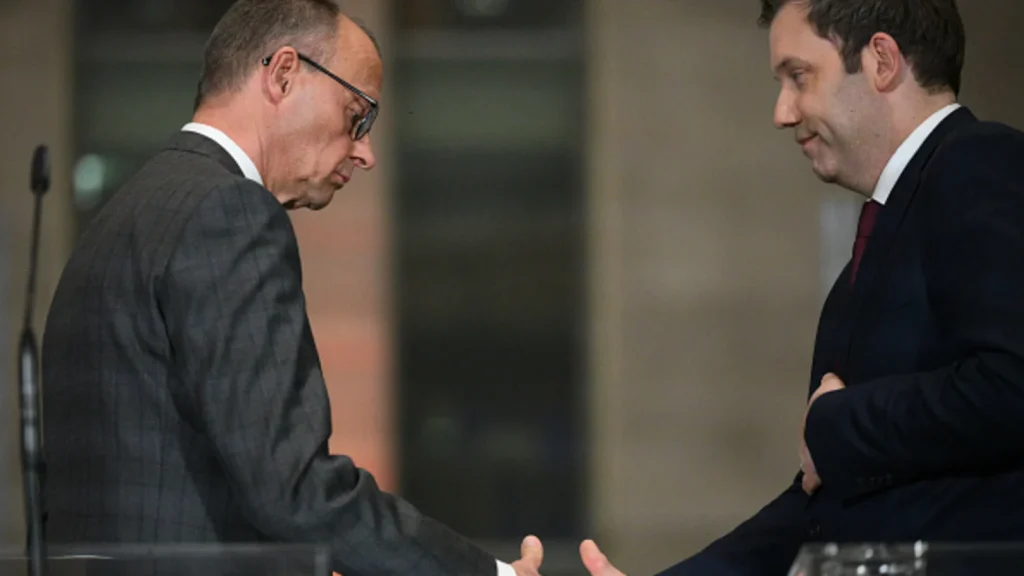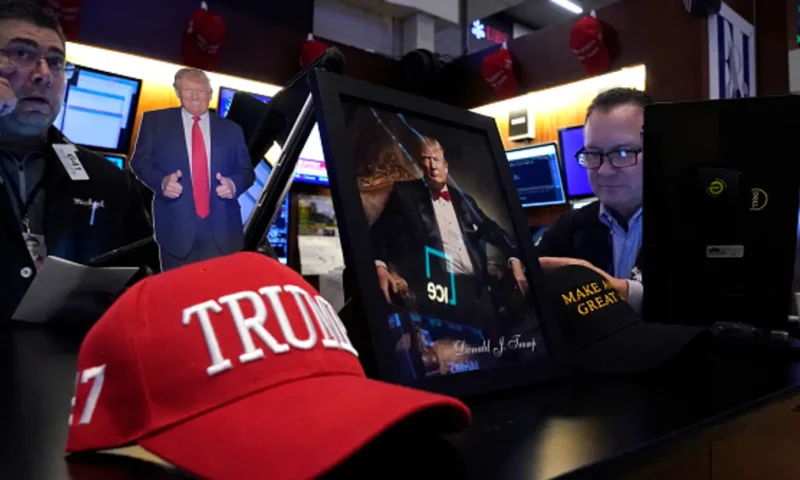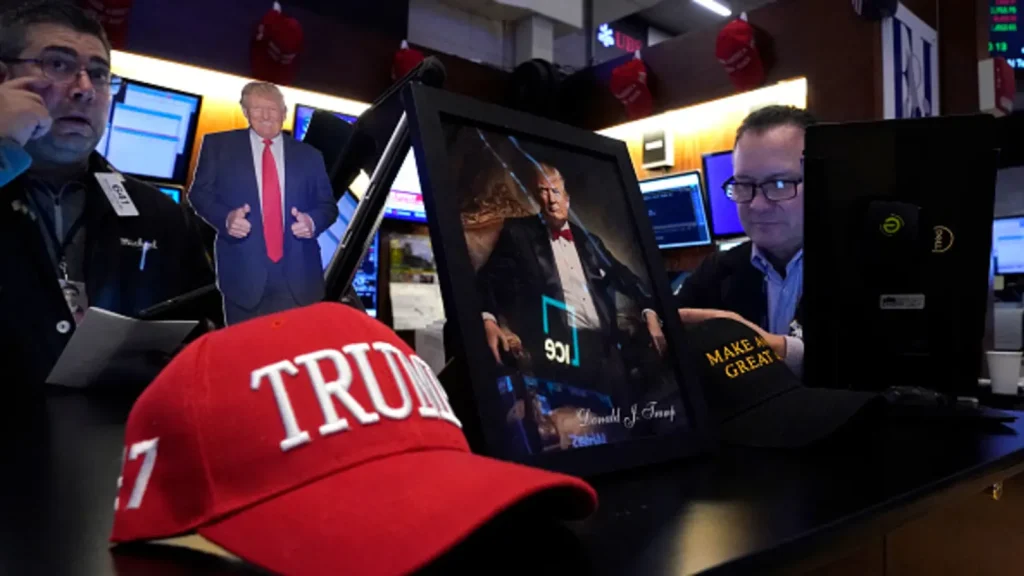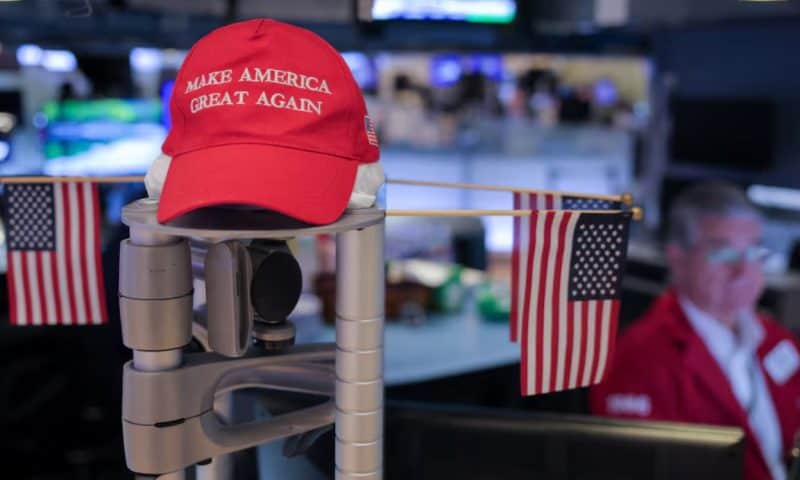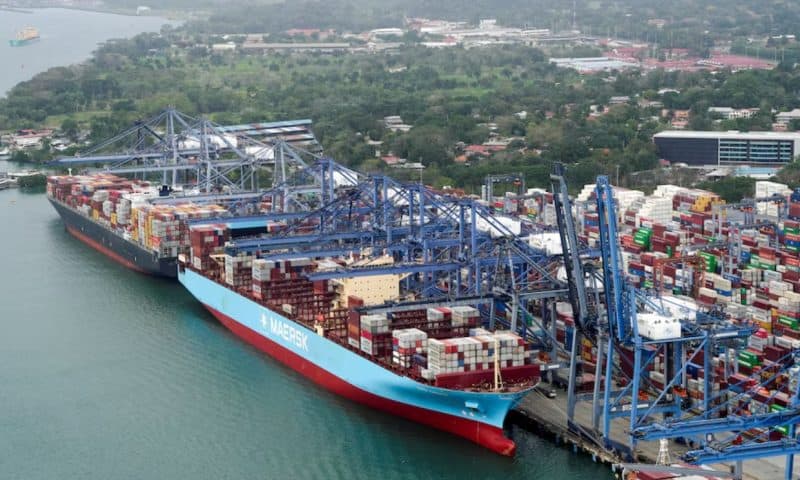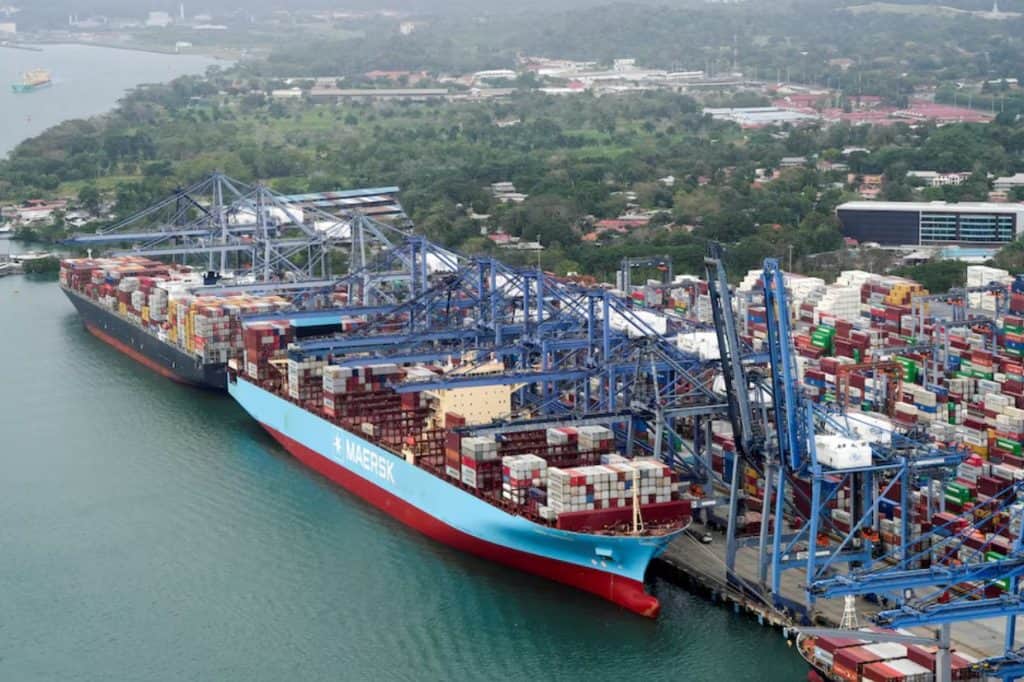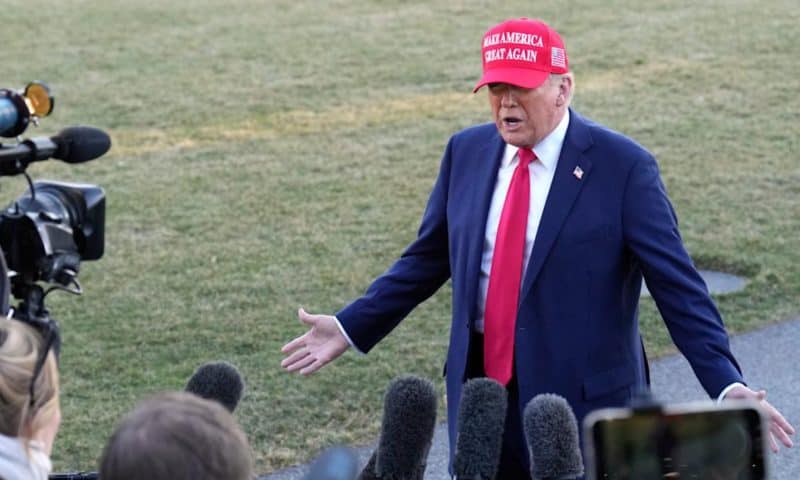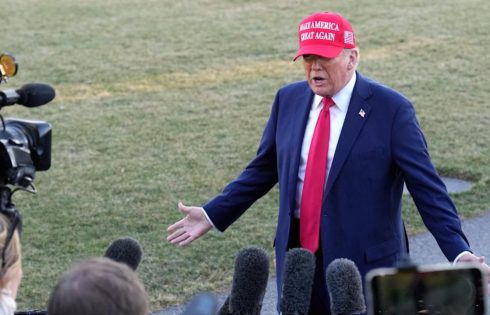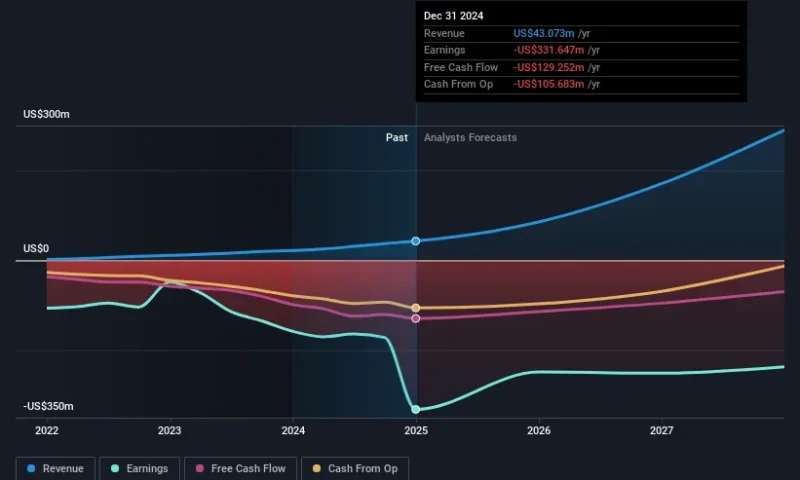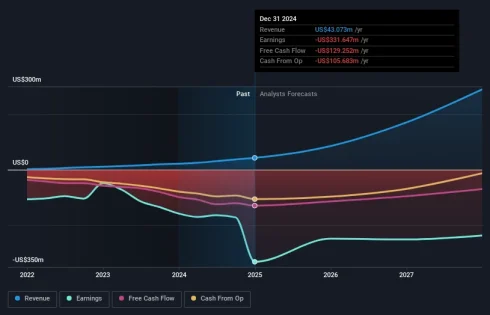D-Wave Quantum (NYSE:QBTS) Surges 64% As Jülich Supercomputing Centre Acquires Advantage Quantum Computer
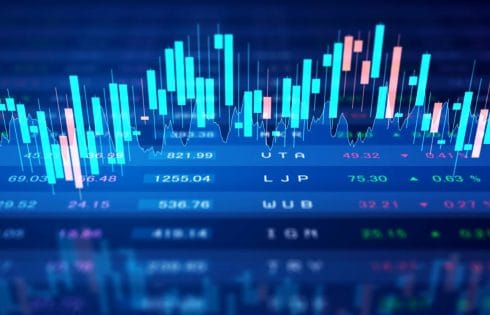
D-Wave Quantum surged 64% over the last quarter, coinciding with key developments that likely influenced investor sentiment. A pivotal collaboration with the Jülich Supercomputing Centre saw the latter acquiring D-Wave’s Advantage quantum computer, enhancing D-Wave’s standing in high-performance computing. This marked a significant technological advancement, especially with the expected integration into JUPITER exascale computing. Additionally, D-Wave’s strategic move to provide on-premises Advantage systems bolstered its appeal amidst rising demand for on-site quantum computing solutions. Concurrently, the launch of the “Quantum Uplift” program aimed to capture a larger market share by incentivizing transitions from competitor systems. Meanwhile, as broader markets saw a decline due to new U.S. tariffs and economic uncertainty, D-Wave’s positive announcements were indicative of growth potential, appealing to investors despite the broader downward market trend. Overall, such strategic initiatives and technological advancements likely supported the positive price trajectory of D-Wave Quantum.
Over the past year, D-Wave Quantum’s total shareholder returns surged 242.66%. This impressive performance stood out against the broader market, which saw a 15.3% increase, and the software industry, which grew 4.4%. Key milestones during this period include D-Wave’s inclusion in the Russell 2500 and S&P Software & Services Select Industry Index in July 2024, which may have enhanced investor visibility. The company also launched a hybrid quantum solver capable of managing up to 2 million variables in June 2024, significantly advancing its technological capabilities. Additionally, D-Wave maintained its NYSE listing standards as of November 2024, addressing previous compliance concerns.
D-Wave conducted a follow-on equity offering totaling US$150 million in early 2025, further securing capital for growth. Investor confidence might have been reinforced by executive changes, including the appointment of Sharon Holt to the Board in November 2024, bringing added expertise in technology and business. These cumulative efforts likely played a role in sustaining the company’s robust returns over the year.

